Mary of the Wild Moor
On December 9th, 1531 Juan Diego was walking up the hill of Tepeyac, just north of Mexico City, when a woman appeared to him and, speaking in Nahuatl, the language of the Aztec empire, told him she was the Virgin Mary. She then asked him to have a church built on that site to honor “her native religion”.
Diego then went to the archbishop of Mexico City several times with the message, but the archbishop did not believe him. Finally, three days later, after some other trials, a miraculous death bed recovery, and non-native roses blooming at 7500 feet in December, Diego delivered a shroud with an imprint of the Virgin Mary to the archbishop who finally believed him and thus was born the Virgin of Guadalupe, the Marian vision that is the cornerstone of Mexican Catholicism.
This, far more than Christmas, is what Mexicans celebrate in December. In San Miguel the neighborhood of San Antonio is home a blessing of the horses, which involves basically every horse in the nearby countryside coming into San Antonio to be blessed.
I think. The truth is, we lacked the necessary Mexican sense of patience to see this one through. We saw the horses lined up, but even our horse obsessed daughter was ready to go long before any of them were actually blessed.
I never did figure out what Guadalupe has to do with horses, other than she has to do with everything in some way, but I did do a good bit of research on her, in part because I think 300 years from now she will be the focal point of this religion.
The story above is the purely Catholic version of events. Alas, any other version of these events, including that of Juan Diego in his own words, is lost to time. I mention this not because I do not believe the story as it is, it is, to my mind, as likely as any other. For historical completeness it might be worth noting though that even most Catholic historians doubt the authenticity of story of Diego. Still I’m happy to accept the story in full, it’s the name of the goddess that I think is worth quibbling about.
One of the reasons Catholicism was so successful is that no other sect of Christianity is so good at taking what’s already in place and tweaking it slightly to fit with Catholic doctrine. And prior to the arrival of the Spanish, the very same hill where Mary appeared to Diego was rather well know for as the home of the goddess Tonantzin, who regularly appeared to travelers. While there is no English translation, I have seen several second hand sources quote Juan de Torquemada — whose epic tome Monarquía India is apparently one of the more complete histories of early Mexico — as saying that the goddess Tonantzin regularly appeared to the natives on that hill “in the form of a young girl in a white robe.”
If you wanted to tweak that existing story to fit Catholic doctrine all you need to do is swap some names and you’re away. Next thing you know you’re feeling quite justified in tearing down the temple of Tonantzin to build a church for Our Lady of Guadalupe, as she is now known.
Monotheistic religions that want sole claim to the capital T truth have a hard time accepting this, but religions are always changing, always in flux. Gods and goddesses come and go throughout time. Whatever essential mystery is behind them seems to remain. One of the advantages of polytheism is that this truth can be easily accepted.
I point this out not to mock anyone’s faith, but because I find the Mexican version of Catholicism fascinating and a bit confusing because, well it isn’t what most Americans or Europeans would recognize as Catholicism. Here Catholicism seems to be the thinnest of veneers over a much, much older set of gods, goddesses and religious practices.
But Mexicans are adept at adapting and incorporating, so it all blends and molds together into a cohesive whole that makes sense when you see it, even if you probably couldn’t put it in words. Still, everything is changing and I think if you come back in 300 hundred years you’ll find worship of Jesus has been replaced with worship of Maria — and only those of us on the outside would think this odd. Arguably it’s already that way.
That’s not to say Mexico does not celebrate Navidad. It does, complete with lit up trees and all the rest of the trimmings. We were on hand to see the tree light up in Plaza Civica and lights come on in Centro.
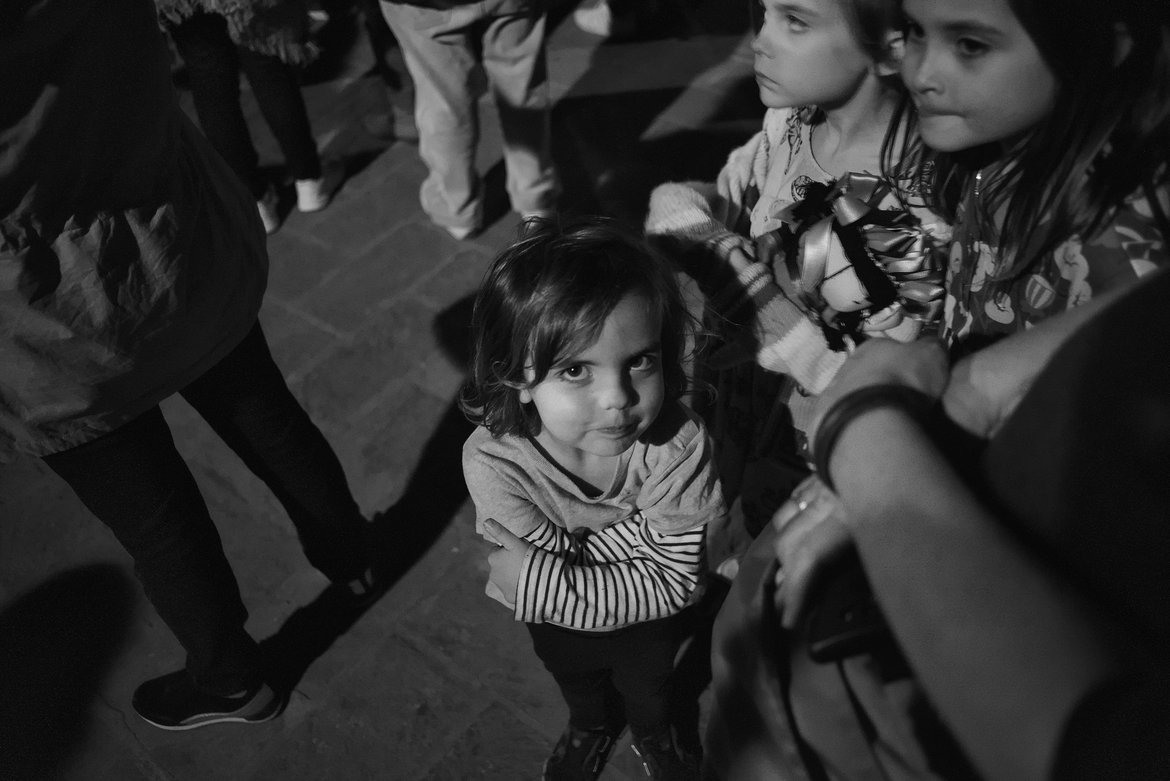
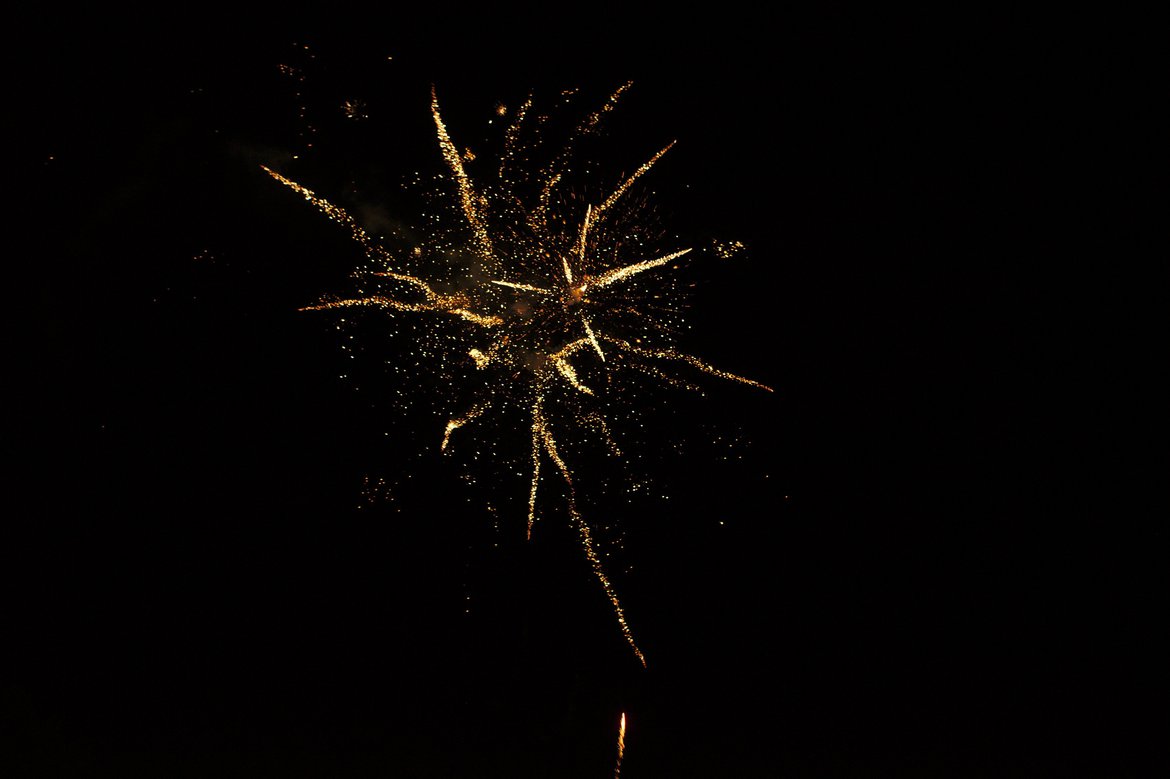
We tried to see another tree light up in San Antonio the next night, but we got there a bit late. We were in time to see another round of fireworks though, so we stopped and watched those instead. I think lights in the night sky will always trump those on the ground anyway.
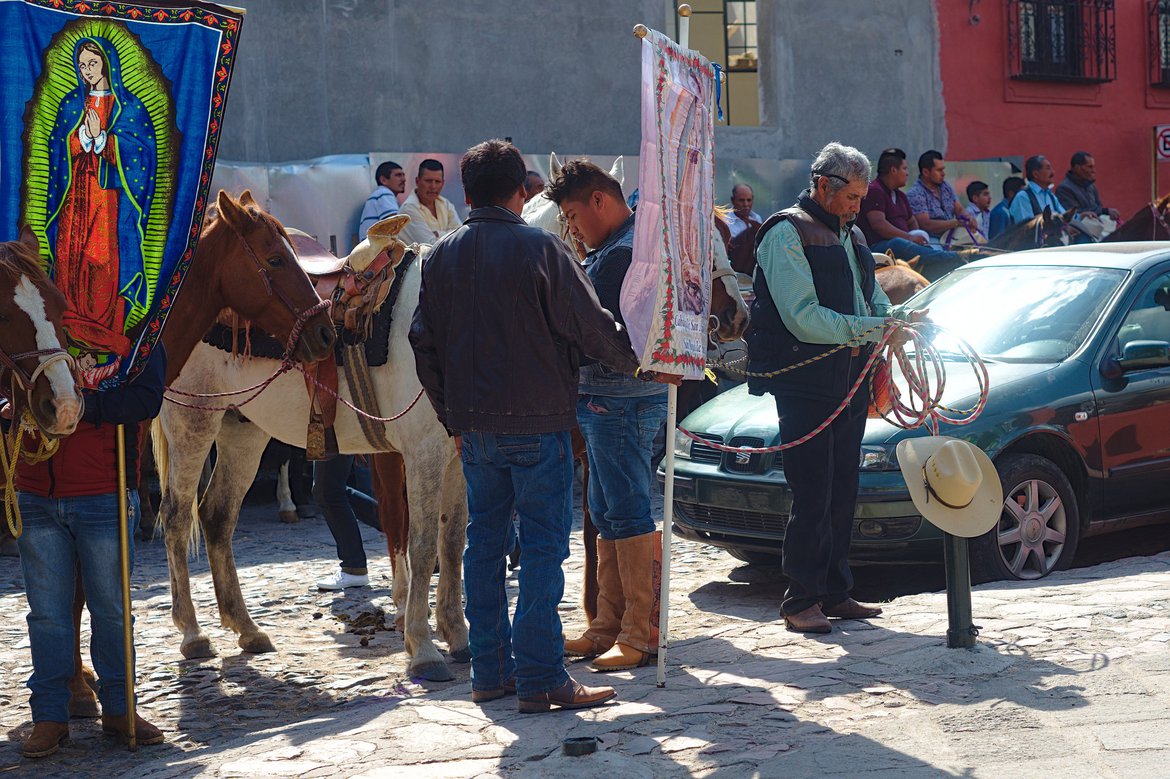
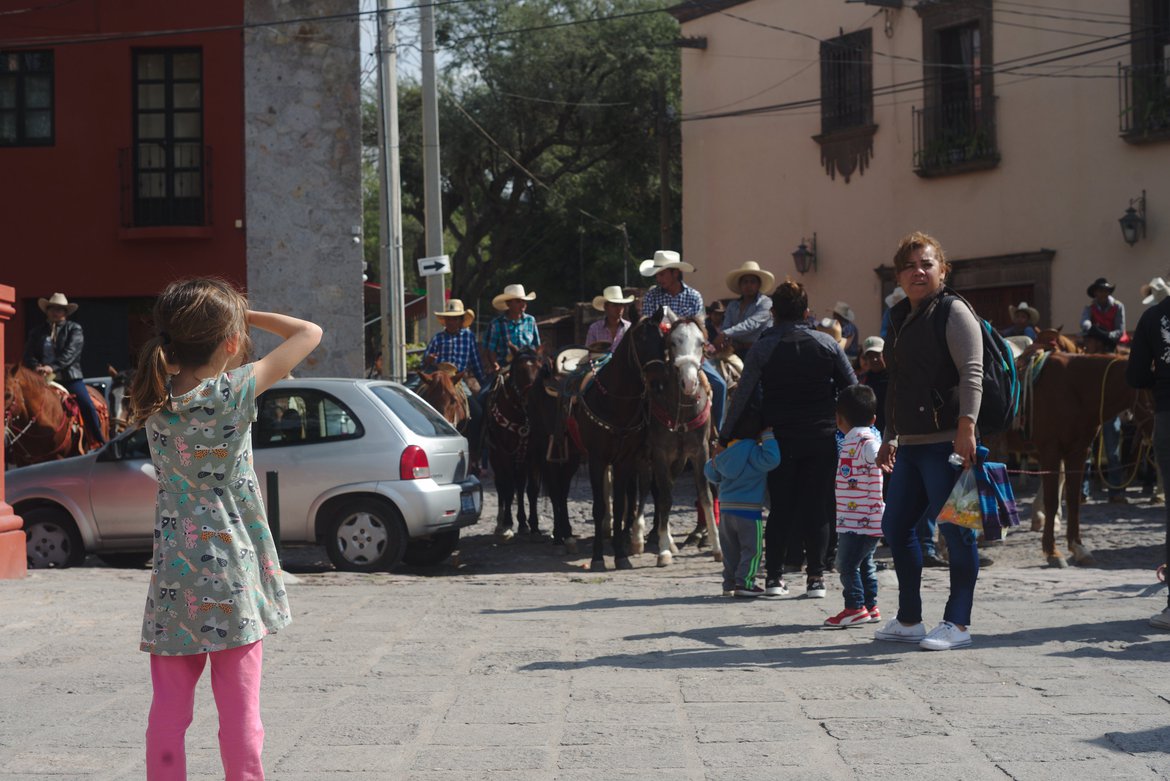

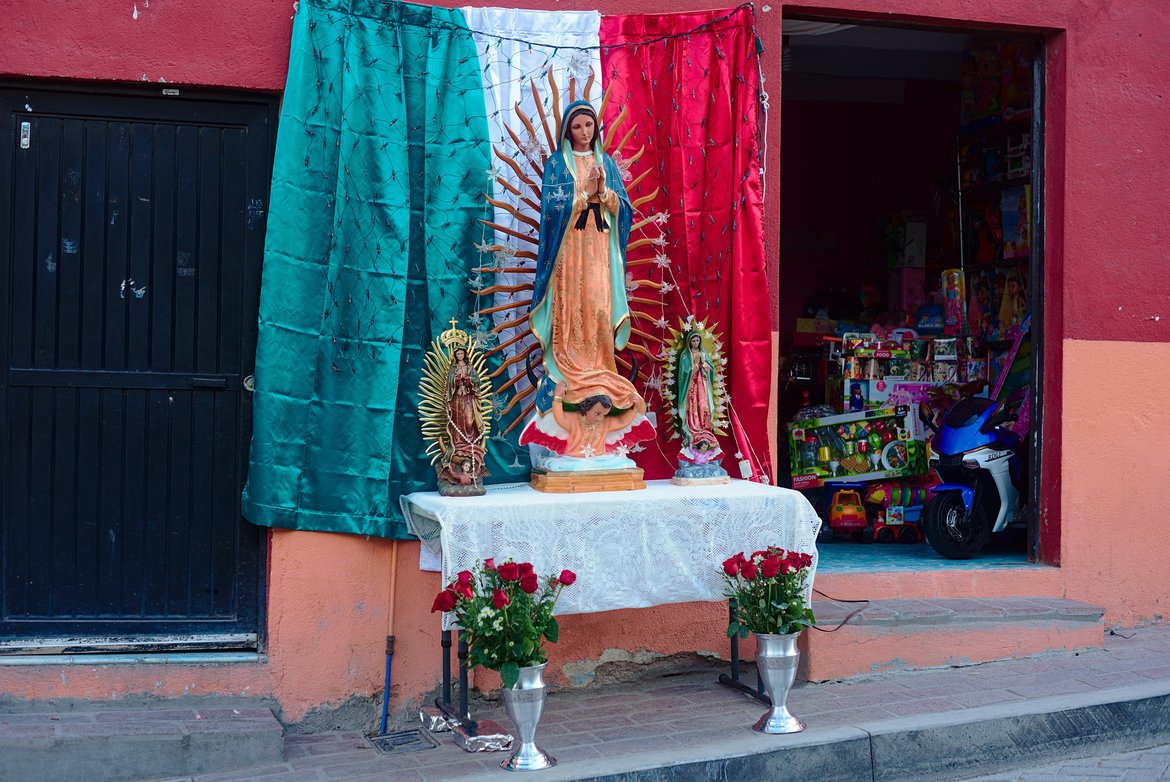
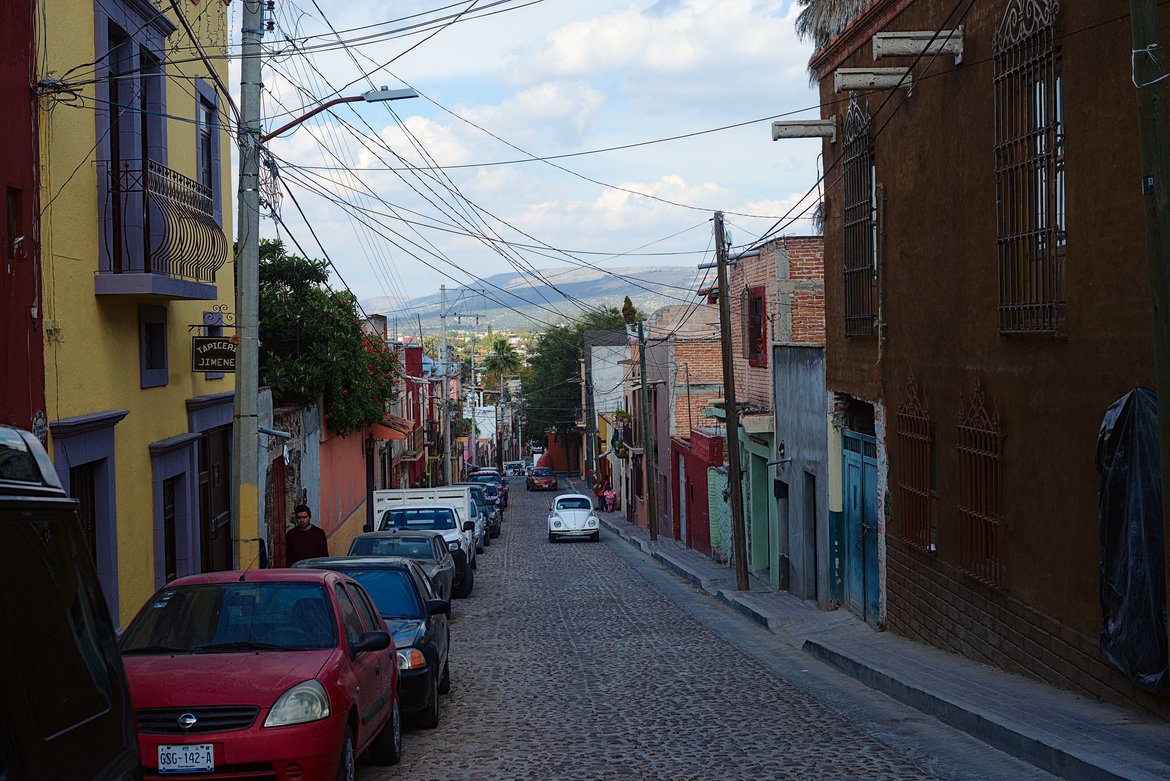
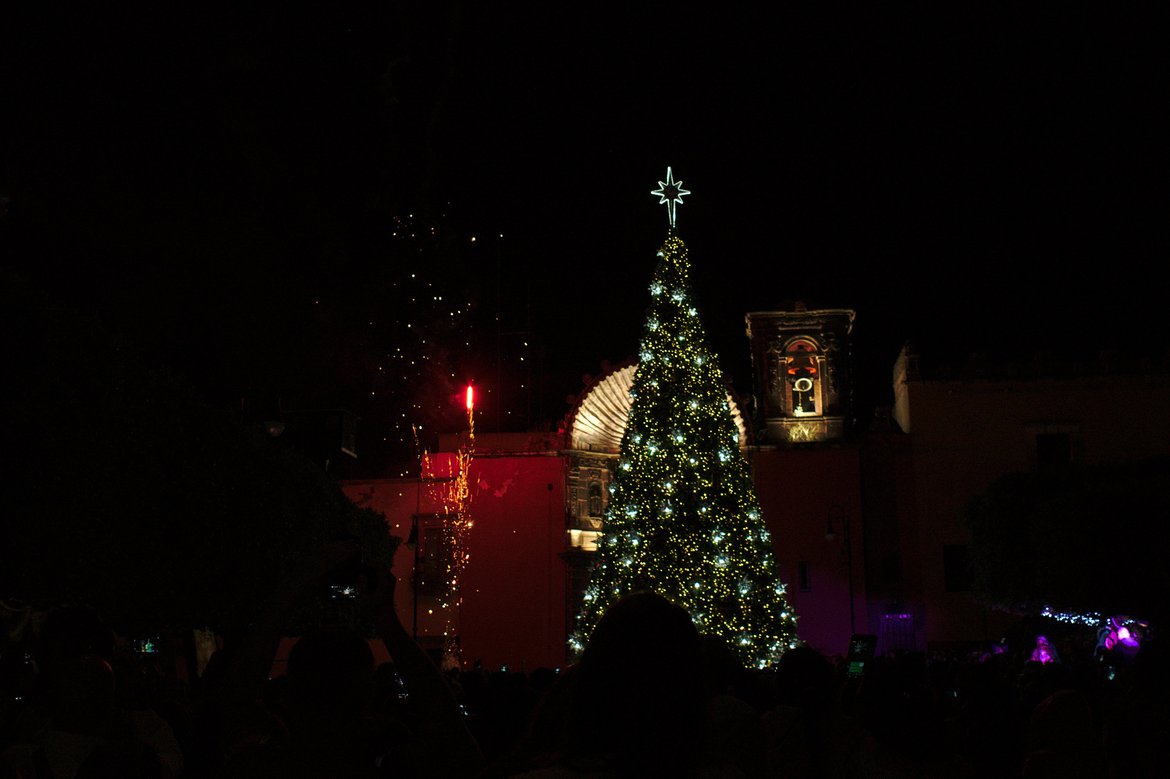
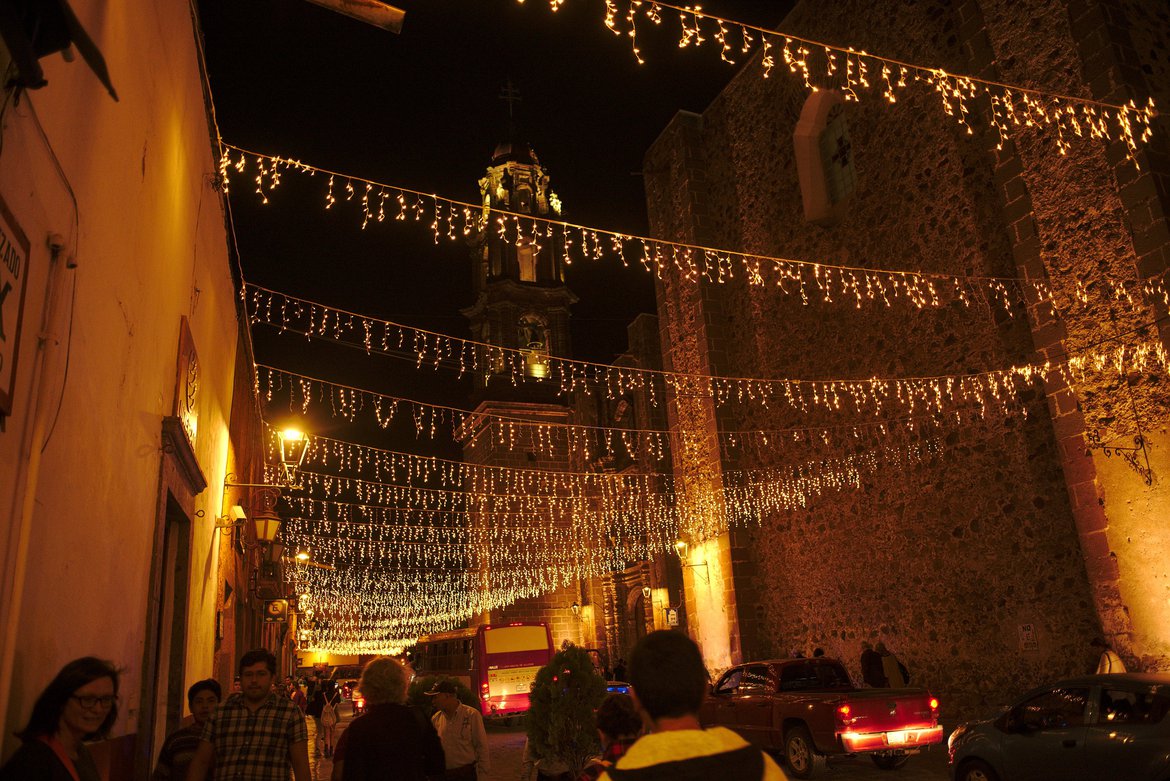
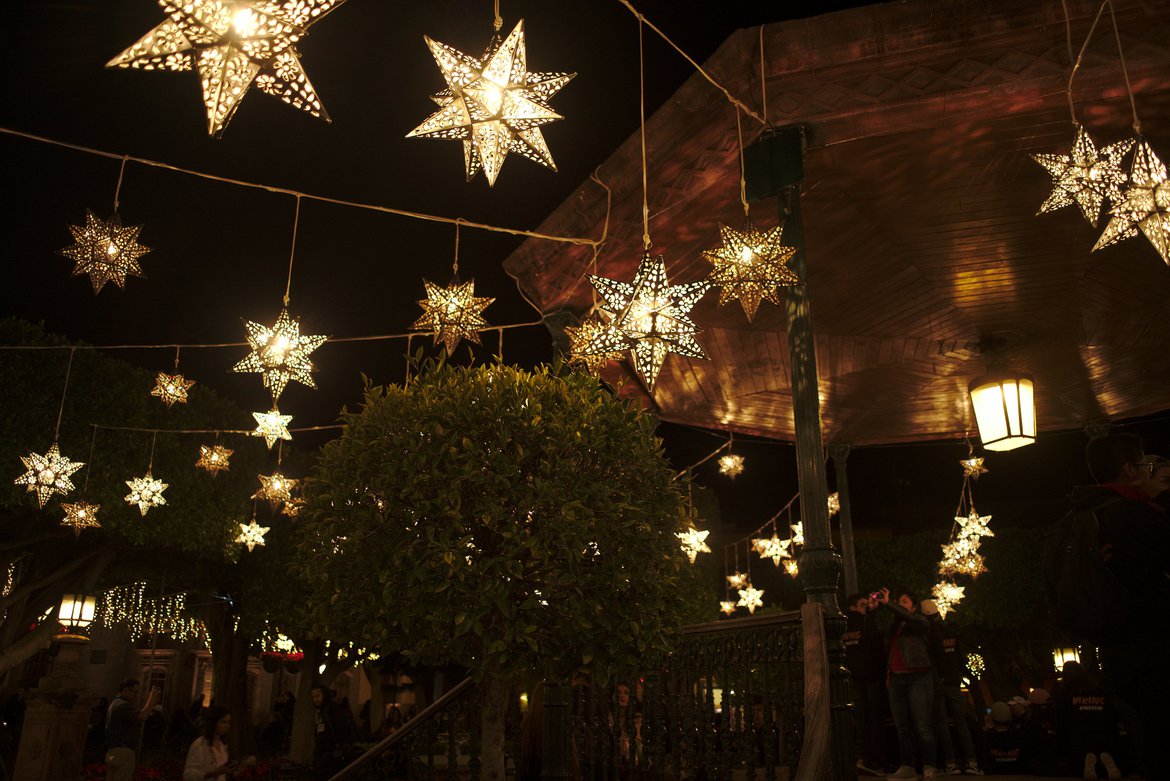
Thoughts?
Please leave a reply:
All comments are moderated, so you won’t see it right away. And please remember Kurt Vonnegut's rule: “god damn it, you’ve got to be kind.” You can use Markdown or HTML to format your comments. The allowed tags are
<b>, <i>, <em>, <strong>, <a>. To create a new paragraph hit return twice.